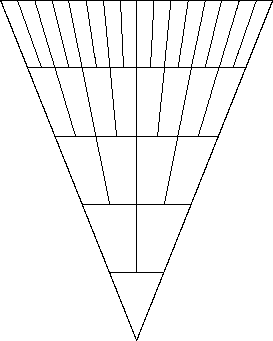|
|||||
| Longfield Triangle - March 29,
2008 Briefing |
|||||
| Flyer | Entry List | Longfield | Briefing | Clue Searching | Treasure Map | Results |
|||||
 We
invite you to take part in the Longfield Triangle - a pleasure, leisure
treasure hunt within the grounds of Longfield, Tolleshunt Major, Maldon,
Essex, CM9 8LP. We
invite you to take part in the Longfield Triangle - a pleasure, leisure
treasure hunt within the grounds of Longfield, Tolleshunt Major, Maldon,
Essex, CM9 8LP.
In July 2006 we ran two Pegularities at Longfield and raised £410 for the Alzheimer's Society. In July 2007 we ran two Pegularities at Longfield and raised £405 for the Multiple Sclerosis Society. For our Longfield Triangle treasure hunt we are collecting donations for a rare cancer charity - the NET Patient Foundation (see details below). For your donation we guarantee to provide a fun evening, hot food and drink, and the knowledge that you will be helping an important cause. The objective will be to find clues at Longfield. Each clue will describe a location, where you'll find another clue and so on. There will be 16 easy clues (A), which will point to eight less easy clues (B), which will point to four difficult clues (C), which will point to two more difficult clues (D), which will point to the final clue (E) and Treasure! You will score one point for each A clue, two points for each B clue, four points for C, eight points for D, and sixteen points for E - that makes 31 clues and a score of 80 points. Find the treasure for a bonus 20 points and a maximum of 100 points. For more details on how the clue hunting works see the Clue Searching Page. Easy? Well, you'll only have two hours for your (penalty free)
searching. There's an extra half an hour available, but you'll be docked
a point for each minute taken over two hours. Oh, and another thing - most of the time you'll be searching in the dark! The competition starts half an hour before sunset (17:56), so you'll need good torches (plus a head torch would be useful), and since it's in March you will need appropriate clothing and footwear to guard against rain, snow or whatever else spring can deliver these days. There are two classes of entries: Individuals and teams of two. You can secure an entry by filling in the Entry Form. The ultimate treasure is a secret, but is a unique item crafted specifically for the event by a friend in South Africa. If the treasure is not found, it will be auctioned at the end of the event to add to our charity proceeds. Engraved medals will also be awarded to the competitors in the top three places in each class. We will be providing free homemade soup and bread, and hot drinks throughout the evening. Here's a few words about the NET Patient Foundation from Cathy Hernaman: Neuroendocrine Tumours (NETs) are relatively rare, usually slow growing
tumours. There are around 2000 new cases of NETs diagnosed each year. However because NETs can grow slowly and in some people produce such minor symptoms, doctors believe that there are probably thousands of people living their lives with NETs, but
unaware. It is quite common for NETs to be found incidentally during tests or treatments for other
conditions, such as irritable bowel syndrome, crohns disease, peptic ulcer disease, gastritis or gallstones. |
|||||
|
